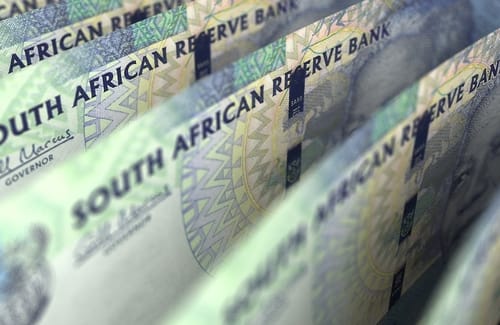The Pound to Rand exchange rates rose sharply after the South African Reserve Bank (SARB) lowered interest rates by 25bps, in a unanimous decision that was announced by the SARB Governor, Lesetja Kganyago a short while ago.
Kganyago cited the SARB’s downward revision to the growth outlook for the South African economy and the downside move of inflationary trends as the main reasons for the rate cut.
Excerpts from the speech of the SARB Governor are as follows:
“Domestic economic outlook remains fragile”
“Food price inflation has continued to surprise to the downside”
He also announced that the SARB had adopted a policy guide to deliver 2 interest rate cuts in 2020; one in the 1st quarter and another in the 4th quarter. He however said that the SARB would reassess this policy guide on a meeting-by-meeting basis, with possibility to adjust the rates either way if needed.
With the announcement, the prime lending rate in South Africa is now 9.75%.
Read our Best Trading Ideas for 2020.
Technical Outlook for GBPZAR
The South African Rand has weakened against most currency majors on the surprise interest rate cut. Thus, the Pound to Rand exchange rate spiked nearly 1200 points on the announcement before stepping back. The GBPZAR is now trading at 18.80058 as at the time of writing, up from intraday lows at 18.73840.
With the rate cut placing a firm bullish bias on this pair, the Pound to Rand pairing is now inching its way towards the upper border of the identified rising wedge pattern on the weekly chart.
Therefore, we need to see if the technical pattern would resist the upside move on this pair or not. If the price action breaks above the wedge’s upper border, this would invalidate the pattern and pave the way to the initial upside target at the 19.61671 price level. This is where the 38.2% Fibonacci retracement of the July 2011 swing low to Jan 2016 swing high is found, as well as previous highs of 22 Aug 2016, 21 October 2019 and 9 Dec 2019. If the GBP to ZAR rate exceeds this level, 20.11079 becomes a price target, having been attained previously on 20 Aug 2018. This price level was also a previous low on October 5 2015.
On the flip side, if price fails to breach the 19.61671 resistance, then the wedge would remain intact and there could be an opportunity to follow the price all the way down to the opposing border, targeting 17.88460 (50% Fibonacci retracement) along the way. The breakdown of the wedge must also be accompanied by a break of the Jan 19 2015, 23 July 2018 and 15 July 2019 lows at 17.1934, for 16.15248 (61.8% Fibo retracement to come into focus.
Don’t miss a beat! Follow us on Telegram and Twitter.
More content
- Download our latest quarterly market outlook for our longer-term trade ideas.
- Follow Eno on Twitter.
- Do you enjoy reading our updates? Become a member today and access all restricted content. It is free to join.

